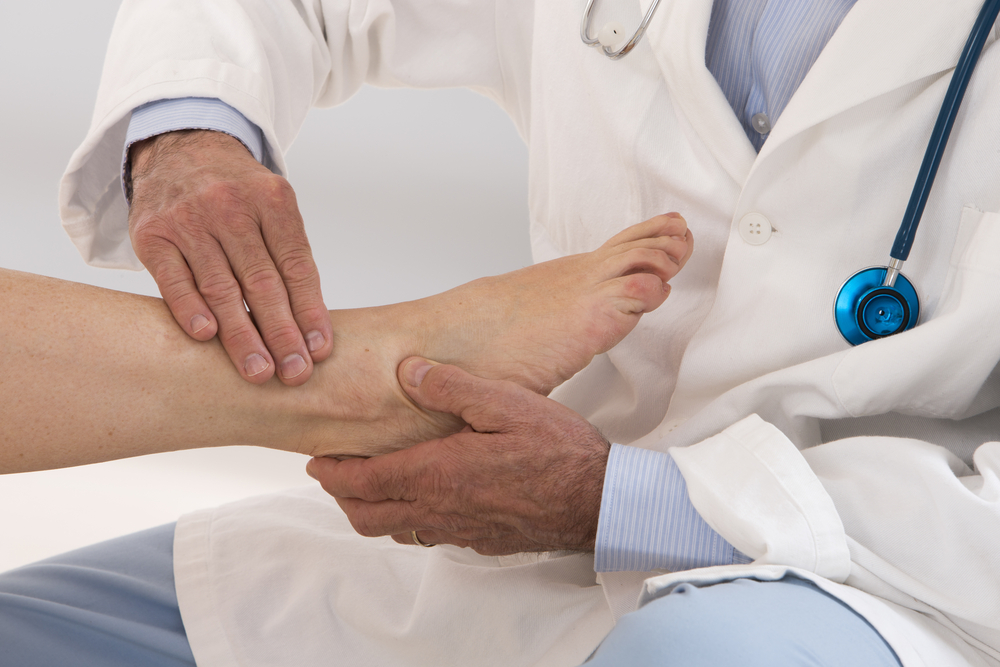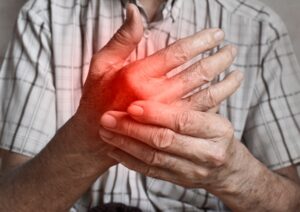Gout, a form of inflammatory arthritis, can be an incredibly painful and disruptive condition. Characterized by sudden and severe attacks of pain, swelling, and redness in the joints, particularly the big toe, gout can significantly impact daily life and mobility. At Pacific Arthritis, a leading provider of comprehensive rheumatology care, we understand the challenges of living with gout and are dedicated to supporting our patients on their journey to recovery. In this blog, we’ll explore strategies for healing from gout and achieving a speedy recovery.
Understanding Gout
Gout is caused by the accumulation of urate crystals in the joints, which trigger an inflammatory response, leading to the characteristic symptoms of gout attacks. These attacks can be excruciatingly painful and may last for days or weeks if left untreated. Gout is often associated with lifestyle factors such as diet, alcohol consumption, obesity, and certain medications, as well as underlying health conditions such as kidney disease and hypertension.
Treatment for Gout
Treatment for gout aims to alleviate pain, reduce inflammation, and prevent future flare-ups. This may involve a combination of medications, lifestyle modifications, and dietary changes. Commonly prescribed medications for gout include nonsteroidal anti-inflammatory drugs (NSAIDs), colchicine, corticosteroids, and urate-lowering drugs such as allopurinol or febuxostat.
Strategies for a Speedy Recovery
1. Medication Adherence
It’s essential to follow your prescribed medication regimen diligently, as directed by your healthcare provider. Consistently taking your medications as prescribed can help manage symptoms, reduce inflammation, and prevent future gout attacks.
2. Stay Hydrated
Drinking plenty of water is crucial for flushing urate crystals from the body and reducing the risk of gout attacks. Aim to drink at least eight glasses of water per day, and limit or avoid sugary beverages and alcohol, which can exacerbate gout symptoms.
3. Rest and Elevate Affected Joints
During a gout flare-up, it’s important to rest the affected joint and elevate it above heart level whenever possible. This can help reduce swelling and alleviate pain. Avoid putting weight on the affected joint and refrain from strenuous activities until symptoms improve.
4. Apply Ice
Applying ice packs to the affected joint can help numb pain and reduce inflammation during a gout attack. Wrap the ice pack in a cloth or towel to protect the skin, and apply it to the affected area for 15-20 minutes at a time, several times a day.
5. Maintain a Healthy Diet
Adopting a gout-friendly diet can help reduce the frequency and severity of gout attacks. Focus on consuming plenty of fruits, vegetables, whole grains, lean proteins, and low-fat dairy products. Limit your intake of purine-rich foods, such as red meat, organ meats, shellfish, and alcohol, which can trigger gout flare-ups.
6. Monitor Your Weight
Maintaining a healthy weight is essential for managing gout and reducing the risk of flare-ups. Excess weight can increase uric acid levels in the body, leading to gout attacks. Aim to achieve and maintain a healthy body weight through a balanced diet and regular exercise.
7. Regular Exercise
Engaging in regular physical activity can help improve joint function, reduce inflammation, and promote overall health and well-being. Choose low-impact exercises such as walking, swimming, cycling, and yoga, which are gentle on the joints and can help strengthen muscles and improve flexibility.
8. Follow Up with Your Healthcare Provider
Regular follow-up appointments with your rheumatologist are essential for monitoring your gout and adjusting your treatment plan as needed. Your healthcare provider can assess your progress, evaluate your response to treatment, and make recommendations for ongoing care and management.
Conclusion
Recovering from gout requires a multifaceted approach that addresses both the acute symptoms of gout attacks and the underlying factors contributing to the condition. By following these strategies for healing from gout and working closely with your healthcare provider at Pacific Arthritis, you can effectively manage your symptoms, reduce the frequency of flare-ups, and improve your overall quality of life. Don’t let gout hold you back—take proactive steps towards healing and recovery today. Call (310) 297-9221 or visit one of our locations in Los Angeles or Santa Monica for more information.




